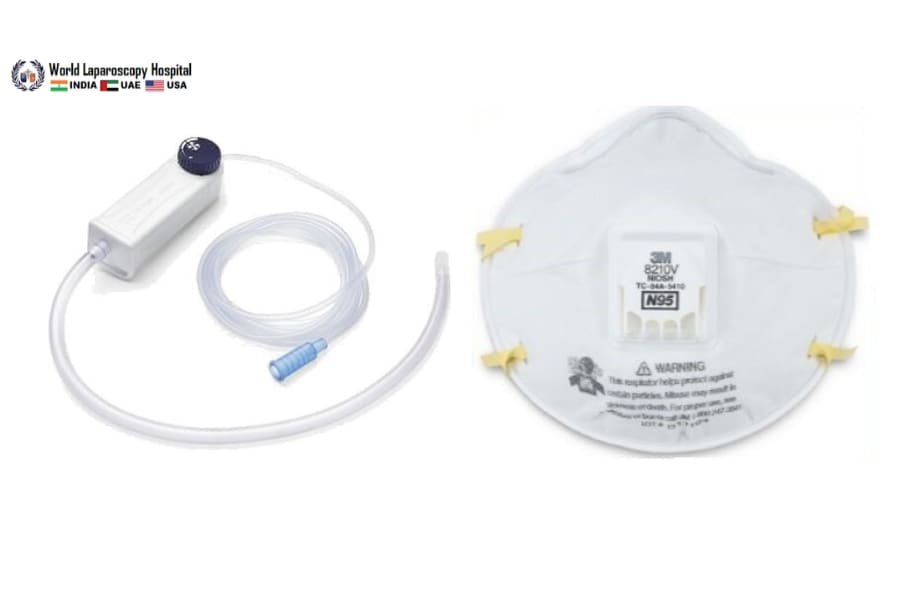Laparoscopic Surgery at World Laparoscopy Hospital on COVID-19: Issues and Safeg
World Laparoscopy Hospital mitigates various threats during laparoscopic surgery for the surgical team


COVID-19 is an extremely contagious viral infection of zoonotic origin. Since the first outbreak of SARS-CoV in Wuhan, China, COVID-19 has swept into almost every corner of the world. Corona pandemic has influenced every industry, including health.
Laparoscopic Surgeons are at the highest risk of contracting this virus. There is a need for protection in the operation theaters and proper management of gas due to pneumoperitoneum leaking with smoke viral DNA and Carcinogens present in surgical smoke. The need to safeguard themselves and their patients has prompted the laparoscopic surgeons to develop their protocols to tide over the pandemic situation. Although there has been a shift of available resources from elective surgeries to the management of COVID-19 cases, specific surgical emergencies need immediate management.
Amidst the corona crisis, surgeons have to take care of the issues and safeguards associated with laparoscopic surgery. We at World Laparoscopy Hospital taking all the care that surgeon as well as patient both should be protected. Studies have demonstrated an association between smoke plumes from electrosurgery and acute headaches eye, nose, and throat irritations dermatitis colic and acute and chronic pulmonary conditions said Dr. R.K. Mishra Director World Laparoscopy Hospital, Gurugram.
Laparoscopic surgery produces more particulate matter than open surgery, increasing the risk of viral transmission. The high particulate matter is mostly attributed to:
Creating a pneumoperitoneum is an essential step in laparoscopic surgery. However, pneumoperitoneum-associated aerosolization of particles raises the concerns regarding the risk of dissemination of SARS-CoV-2 during minimally invasive surgery. Particles in surgical smoke contain a variety of toxic and virulent materials that can cause infection through inhalation. A similar outbreak of SARS-CoV-1 in 2002–2003 was associated with nosocomial transmission through aerosol droplets.
Electrosurgical smoke contains potentially hazardous organic and inorganic compounds including Nobel Corona virus if the patient is affected from this disease the researchers of one study found the amount of surgical smoke produced in a laparoscopic surgery operating theater is equivalent to 27 to 30 cigarettes said Dr. R.K. Mishra. Bacteria and viruses can be transmitted through this smoke. The topic of electrosurgical smoke is important to occupational health nurses not only because of their responsibility to protect workers, but also because they, like surgeons, may be exposed to smoke routinely.
N95 respirators are the preferred personal protective equipment for avoiding harmful chemicals during electrosurgery. Before using an N95, all operators should be fit-tested to a specific sized mask to ensure an adequate face seal. In support of them use, N95 respirators have been shown to provide protection against aerosolized infectious pathogens.
A laparoscopic Smoke Evacuation System is also necessary. According to Dr. Mishra the smoke Evacuation System is an easy-to-use device, that connects to a standard luer-lock trocar and a suction or vacuum unit. When used during laparoscopic procedures, it will effectively and efficiently remove smoke, from the peritoneal cavity. So, surgeon can have enhanced visualization of the surgical site safety from COVID 19 and Improved air quality in the. Therefore, the whole surgical team should wear personal protection equipment including
Disclaimer: This content is distributed by Digpu News Network. No Forbes India journalist is involved in the creation of this content.
First Published: May 29, 2020, 13:42
Subscribe Now
